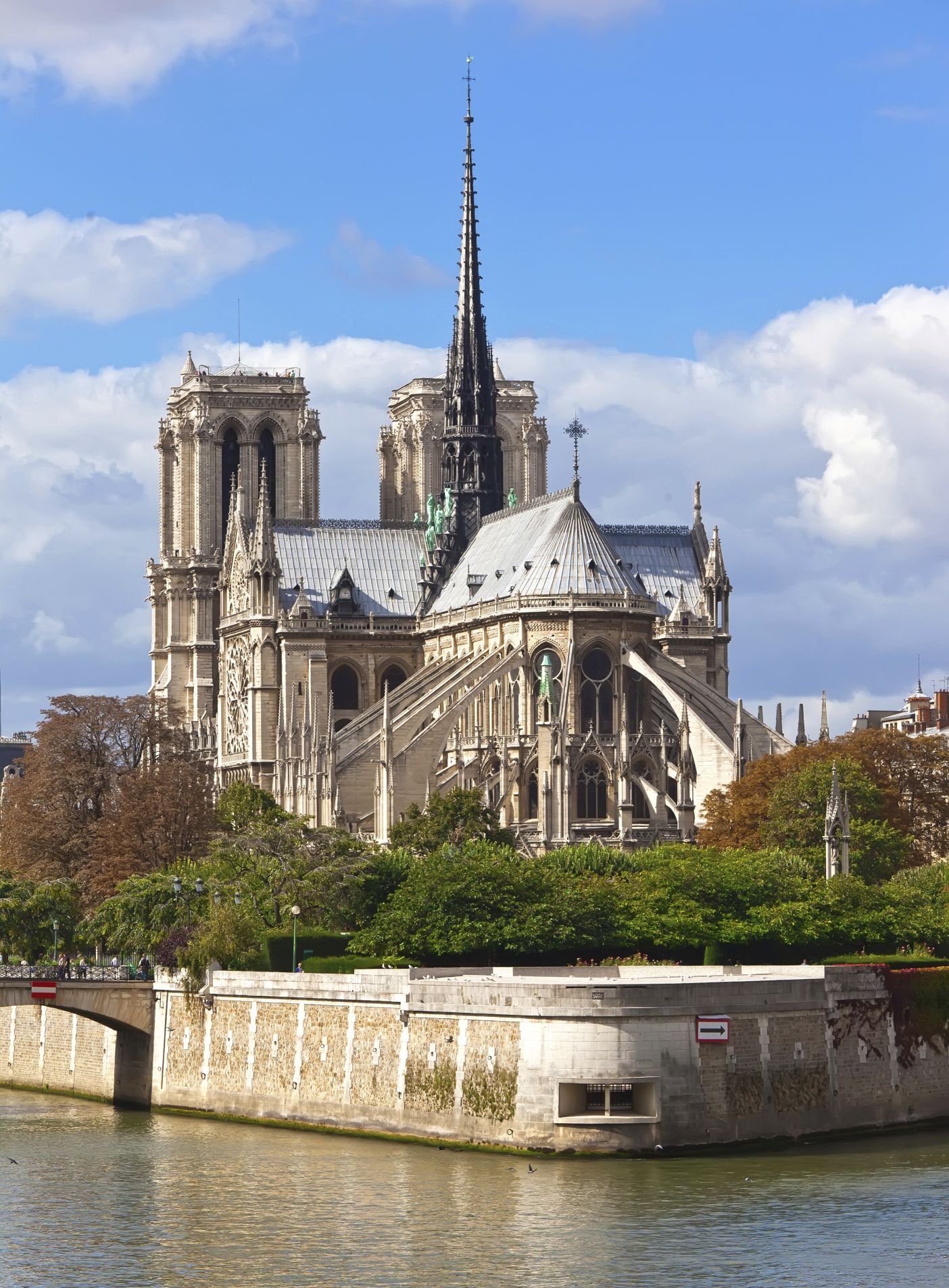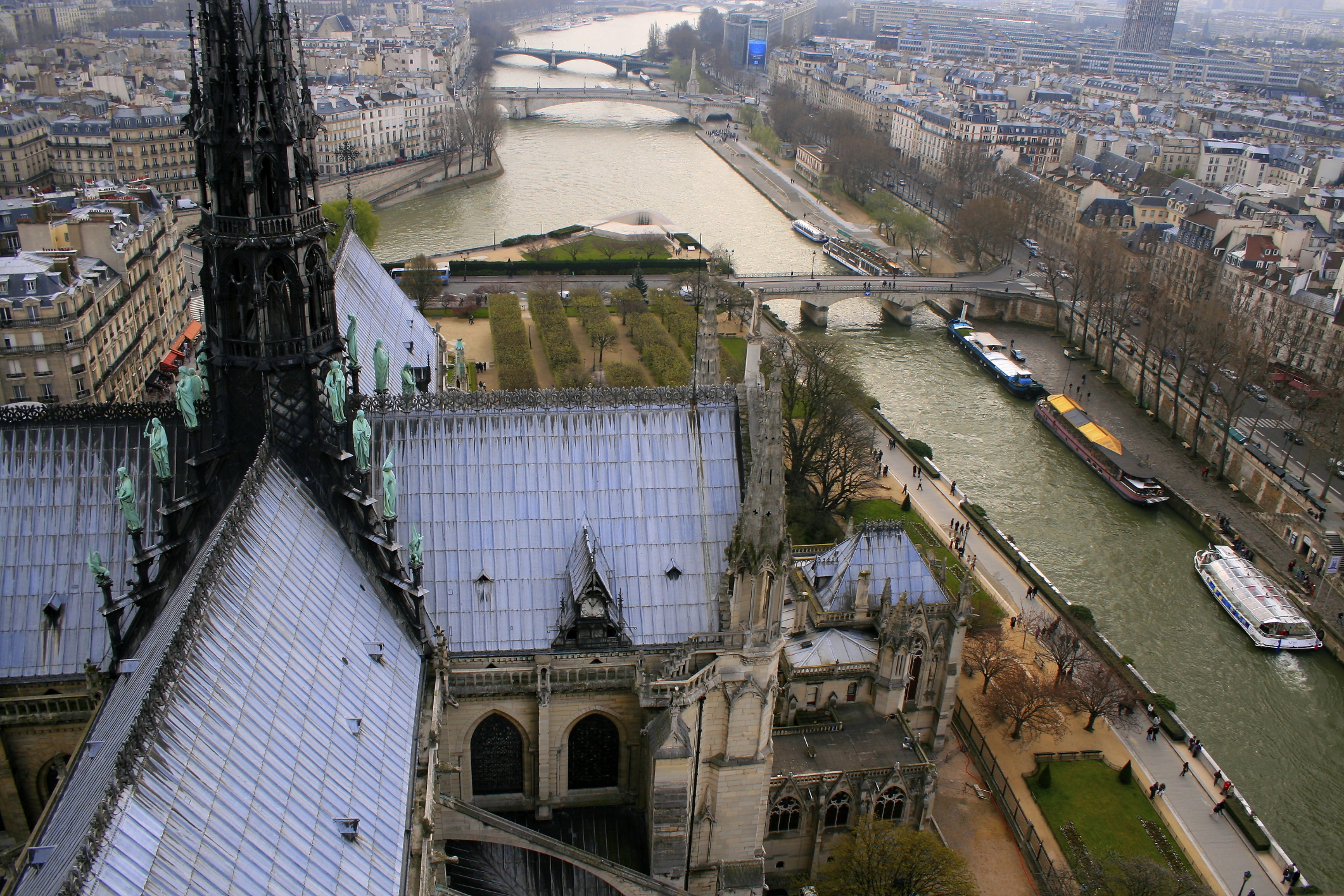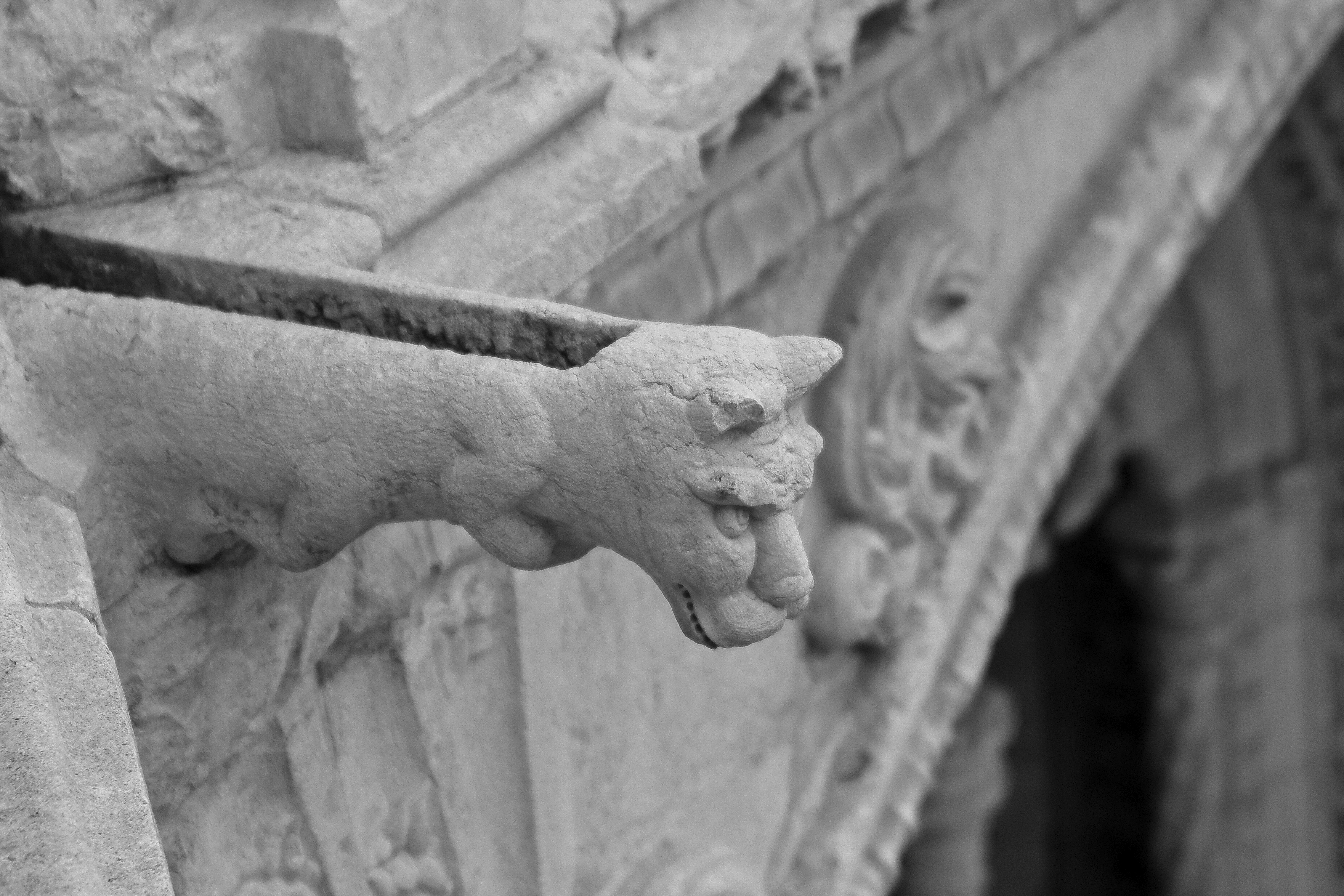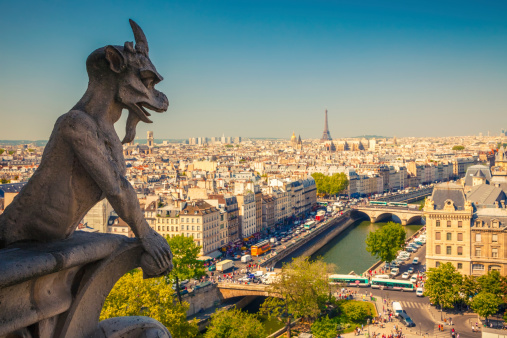Learn
|
If you need to review the numbers 0-39, you may refer to Unit 2, Lesson 2.01. The next group of numbers includes 40-69. First, be sure to learn the words for 40, 50, and 60. Then, simply add the single digit number and connect it with a hyphen. Don't forget - the number un is connected with the word et. The chart below illustrates the pattern for the numbers 40-69. Click on each link to hear the pronunciation and try saying the numbers aloud. View a list of numbers 40-100. If you find it difficult to pronounce a certain word, be sure to write down a pronunciation note. Example: soixante (swah-sohnt).
The final group of numbers includes 70-100. This group is a bit different. Rather than using a new word for 70, 80, and 90, the French simply combine previous numbers. The following chart illustrates the pattern for the numbers 70-100. Notice after the number 71, the word et is no longer used to connect the numbers. Click on each link to hear the pronunciation and try saying the numbers aloud.
The numbers you have learned so far (0-100) are cardinal numbers. You will use these numbers to count items. When you need to place items in order, you will make a slight change to the number and use its ordinal form. All ordinal numbers end in the letters -ième except the word first, which is premier. Read and study the chart below. Click on each link to hear the pronunciation and try saying the numbers aloud.
Take note of the following rules:
Here are some examples:
Gothic Architecture Notre-Dame de Paris is the most well-known gothic cathedral in the world. Gothic architecture was developed in an effort to solve some of the problems found in the common architecture of the medieval period, also known as the Middle Ages. During the medieval period, the primitive buildings were typically cold, dark, and damp with heavy walls and ceilings. The goal of gothic architecture was to create buildings that were functional, as well as pleasant, light, and airy.
Gothic cathedrals were traditionally designed in the shape of a cross. The bottom of the cross, which is the main body of the church, is called the nave. It extends from the entrance of the church forward to the transepts, which resemble the arms of a cross. The top of the cross is called the apse, and it is the most sacred part of the cathedral.
A special feature of gothic architecture that was previously unseen during the medieval period was the extreme height of the buildings. Because medieval buildings had heavy stone walls, large rooms and high ceilings were impossible to create because the weight of the stone could not be balanced. The solution developed in gothic architecture was a structure called a flying buttress. This decorative support piece is an arch-shaped structure placed on the outside of the cathedral. The flying buttress was designed to absorb the weight from the thin walls and transfer the force to the ground. Notre-Dame has numerous flying buttresses that surround the nave and apse. Gothic buildings were built as tall as possible; therefore, art historians now refer to gothic architecture as the architecture of the sky. The roof of Notre-Dame is 115 feet at its highest point. Another unique and well-known feature of gothic architecture is the gargoyle. Gargoyles are carved with grotesque or frightening faces and can represent animals, mythical creatures, or humans. Although gargoyles may look small from the ground, they are extremely large. In architectural terms, the word gargoyle refers only to the structures used as waterspouts. In contrast, the carved creatures used only for decoration are called grotesques. Notre-Dame has numerous gargoyles along the rooflines that collect the rainwater and direct it toward the ground and away from the walls of the cathedral. There are also many grotesques on the cathedral, and they appear to be looking out over the city of Paris and guarding Notre-Dame from evil spirits. According to a popular legend, gargoyles come to life at night and fly around the cathedral to keep it safe!
References "Cathédrale Notre-Dame de Paris." Cathédrale Notre-Dame de Paris. Ed. Michelle Blanc and Laurent Prades. La Cathédrale Notre-Dame de Paris, n.d. Web. 27 June 2014. Hollis, Edward. "Notre-Dame de Paris." The Secret Lives of Buildings: From the Ruins of the Parthenon to the Vegas Strip in Thirteen Stories. New York: Metropolitan, 2009. 187-206. Print. McGregor, James H. "The Cathedral of Notre Dame." Paris from the Ground Up. Cambridge, MA: Belknap of Harvard UP, 2009. 39-68. Print. |
|||||||||||||||||||||||||||||||||||||||||||||||||||||||||||||||||||||||||||||||||||||||||||||||||||||||||||||||||||||||||||||||||||||||||||||||||||||||||||||||



